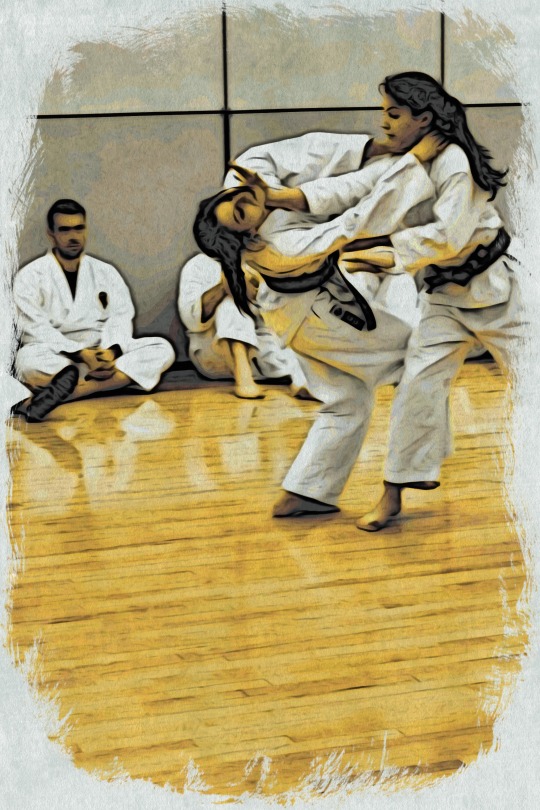
CHRONICLES OF
THE DOKA
#36 in a continuing series
84 days in the teaching life of an American sensei in 1999
Sunday, January 16, 1999
Susan cancels her son’s ten o’clock
class. “John’s sick.”
Next up, Frankie and Chris at 11:00. Both
teens are brown belts, sankyus. Chris, the bigger of the two, took summer
privates. His technique has really improved. But both boy’s sparring skills lag
behind their kata and application work. The two have trained so often together they
have gotten overly comfortable with each other.
To understand fighting early man re-enacted
combat scenarios into ‘sparring’ or ‘kumite’ training. But sparring must be broken down to be an effective
learning tool. You don’t just ask two novice students to glove up and fight. Paul
once commented that he never realized how much there was to the jiu-kumite
(free-sparring).
I
use an analogy of the auto mechanic to define the kumite process. To understand
the workings of a car’s engine you need to break it down, take it apart, then piece
it back together. Yes, and drive it. Building a strong defense begins by
learning how to block specific kicks, deflect all kinds of arm attacks, then put that knowledge
back together in a free-style exchange. From a strong defensive position one gains the time and a feeling of security to focus on offensive techniques.
Karate Sparing is a drill. It’s practice
fighting. It’s not the real thing, but it’s also not a game. It falls somewhere in between.
Sparring is the closest two-man event to a real fight—minus the intent to hurt.
Schools that encourage real fighting
keep insurance companies in business.
There
are three levels of kumite: playing, fighting, and killing. Know the difference!
